Celebrating 75 years of Local 4 You: NBC4, from WLW-C to today
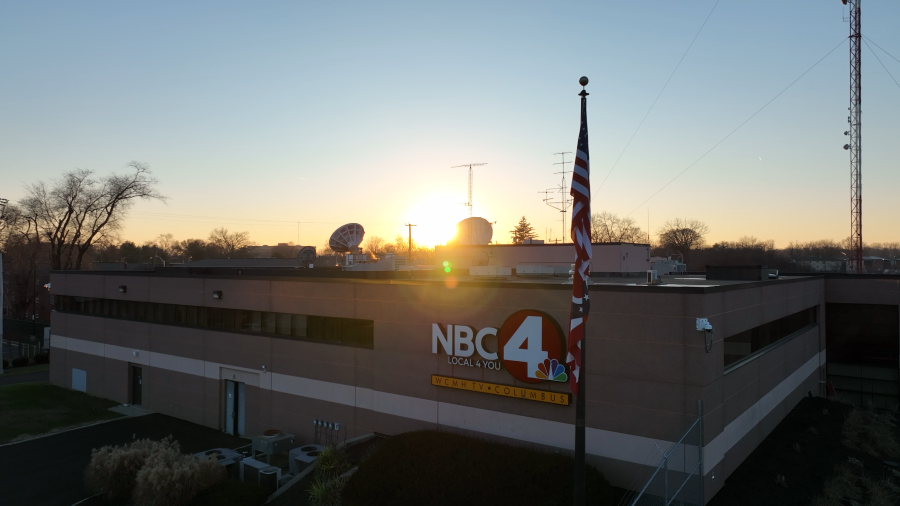
- Oops!Something went wrong.Please try again later.
- Oops!Something went wrong.Please try again later.
- Oops!Something went wrong.Please try again later.
COLUMBUS, Ohio (WCMH) — Let’s start this over. Let’s start at the beginning.
COLUMBUS, Ohio (WLW-C) — On April 3, 1949, when NBC4 broadcast for the first time, it wasn’t WCMH. It wasn’t even Channel 4.
It was NBC, and that may be one of the few things that hasn’t changed in 75 years. So much happened in the years before Kerry and Colleen, or Doug and Mona, or even “Hugh DeMoss and the News.” They encompass the first color broadcasts in Columbus, the first use of weather radar, and Ohio State’s first televised home football game. It’s a lot to tell.
In the beginning, Crosley Broadcasting Corporation launched Columbus’ first television station, and its third ever, under the call letters WLWC. They were often stylized with a hyphen before the C to associate it with Crosley’s super-powered AM station, WLW of Cincinnati, and its earlier television ventures there and in Dayton, WLW-T and WLW-D. Originating from the Seneca Hotel at the corner of East Broad and Grant streets Downtown, WLW-C took to the air that day on Channel 3.
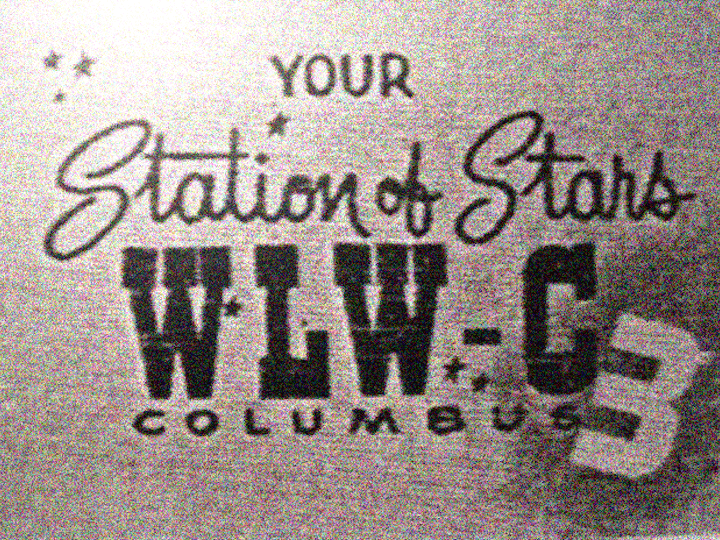
1949-1953
Before Day 1, test patterns appeared over the course of two weeks as Crosley deployed a system where Cincinnati signals were picked up by Dayton and retransmitted to a receiver in Mechanicsburg that retransmitted them again to WLW-C. It was an early, and ultimately successful, attempt at regional television. But how many people were watching on April 3? Probably not a lot. A 1971 book, “Not Just a Sound: The Story of WLW” by Dick Perry, said the Columbus area had only 88 television receivers that day but that it jumped into the hundreds in a matter of weeks. “The first day WLWC was on the air for two and a half hours, took a dinner break, then came back for three more hours in the evening.”
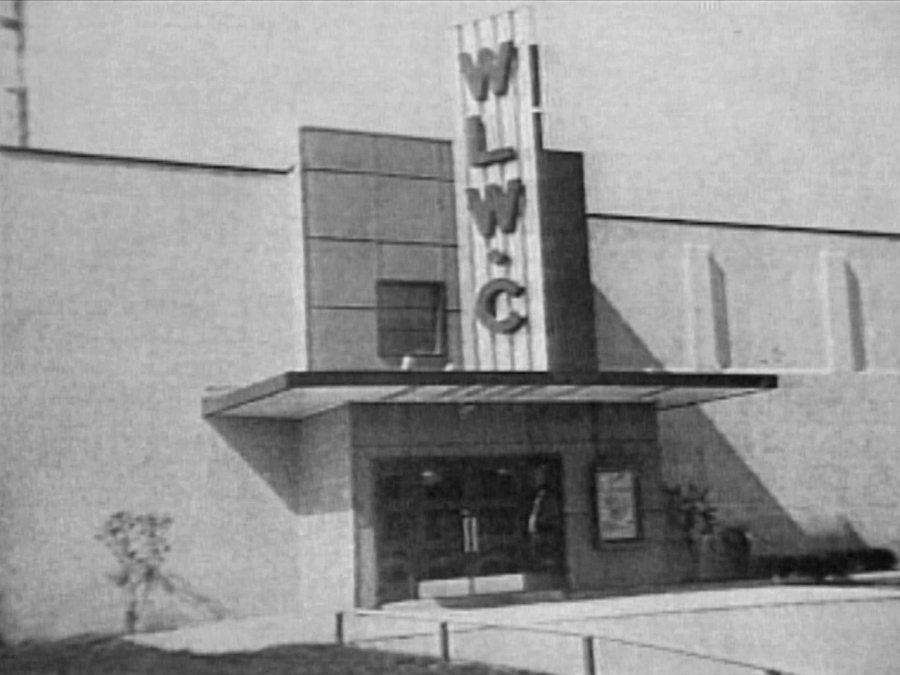
On Sept. 14, operations transferred to new studios at 3165 Olentangy River Road, where, after several expansions and renovations, live broadcasts still originate every day. An early hire was Jimmy Crum, the eventual “Dean of Central Ohio Sportscasters,” who remained through 1994. By the end of 1949, programming had reached 85 hours a week, including rebroadcasts from WLW-T, shows from NBC and the Dumont network, and Ohio State football. That was two years before a big change for the Buckeyes, when Woody Hayes was hired as football coach and began a 28-year run. A longer-lasting change came to Channel 3 another two years after that.

1953-1976
The conversion to Channel 4 happened on June 28, 1953, one domino to fall in a series of frequency changes that year. In reporting the move, Broadcast magazine said WLW-C’s reach had grown to over 500,000 homes, with 129 hours of programming each week. The following year, the diamond-shaped TV 4 logo debuted and became identified with the station for at least the next 20 years. And for the first time, color television appeared in Columbus, with WLW-C’s broadcasts of NBC shows. In 1957, Hugh DeMoss joined as a news reporter, eventually anchoring the evening news and becoming news director until his departure in 1980. He later served as a Franklin County commissioner.
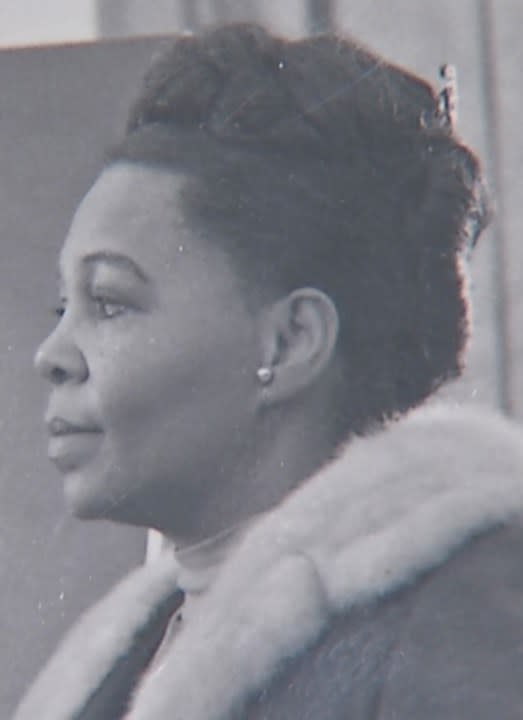
Another who came to WLW-C was Ann B. Walker, a pioneering Black journalist who covered the Statehouse, became part of the station management team and later worked at the White House under President Jimmy Carter. Original programs included a local version of American Bandstand called “Dance Party,” hosted by Jerry Rasor, and a variety show called “Coffee Talk,” hosted by “Spook” Beckman. Regional programs from Crosley Broadcasting out of Cincinnati included shows hosted by “Paul Baby” Dixon, Ruth Lyons and Bob Braun. Over time, the Crosley owners decided to retire that name – still associated with Powel Crosley, the radio pioneer who had died in 1961 – and use the parent company’s name instead. Avco, founded as the Aviation Corporation, was a conglomerate that also owned a credit card company, a movie studio, an appliance manufacturer and more. David Letterman, whose talk-show antics were at least partly inspired by Dixon, was a weathercaster around that time at WLW-I in Indianapolis. “They did a lot of original broadcasting both on radio and television … so for me, it was a real exciting connection. Crosley was OK,” he said in a 1995 interview. “When Avco got to it, they were making flexible straws for the space program, and they spent more time worrying about that than they did broadcasting.” In the mid 1970s, Avco began selling off its broadcasting assets one by one.

1976-1983
“You are now seeing new call letters on Channel 4 … WCMH-TV. They signify that Outlet Broadcasting has come to Columbus,” read advertisements on Feb. 3, 1976, that advised viewers to “Stay with 4, where your friends are.” The purchase price was $16 million to become Outlet’s fifth television station, with the new call letters mirroring the airport code for what was originally called Columbus Municipal Hangar, later Port Columbus and today John Glenn International. Employees who spoke privately to Columbus Monthly magazine after the sale expressed hope that with their days as a kid brother to Cincinnati’s WLW-T behind them, the new owners would prioritize news enough to push the station out of second place in the market.
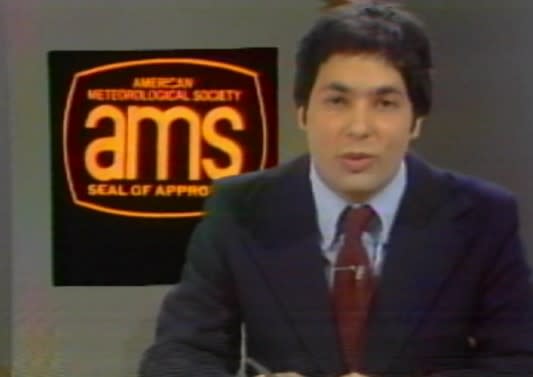
Newscasts continued around familiar names, with DeMoss, Crum and Rasor on news, sports and weather. In transitioning from “Dance Party” host to forecaster, Rasor was known for being a bit more silly than serious, although during this time, WCMH continued to innovate, becoming the city’s first station to use weather radar – as an intern, Ben Gelber, was there to witness. But that elusive spot as the top television station in Columbus wouldn’t come for a few more years.
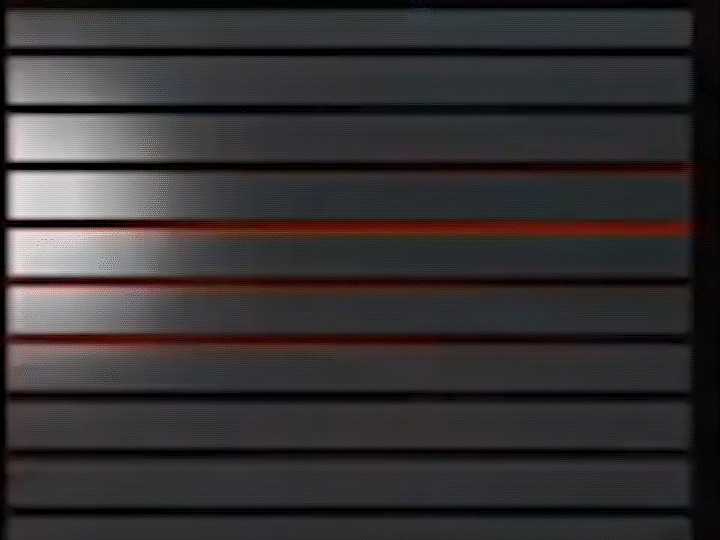
1983-1996
The idea was brilliant: Take top-rated anchor Doug Adair, pair him with the young and personable Mona Scott, and let them play off each other as they presented the news every evening. Only this wasn’t in Columbus at WCMH. This was in Cleveland, and the idea bombed. The Cleveland station had hired away Adair from a competitor and later added Scott to the mix. The move didn’t make for ratings, but it did make for chemistry. Adair and Scott married the following year, in 1980. When WCMH brought in Cleveland native Ron Bilek as its news director, he knew what he wanted to do. “I never looked at the fact that they were married as a real gimmick,” he told Columbus Monthly in November 1983. “I looked at the softness they have. It’s something you strive for on the air, and they have it.”
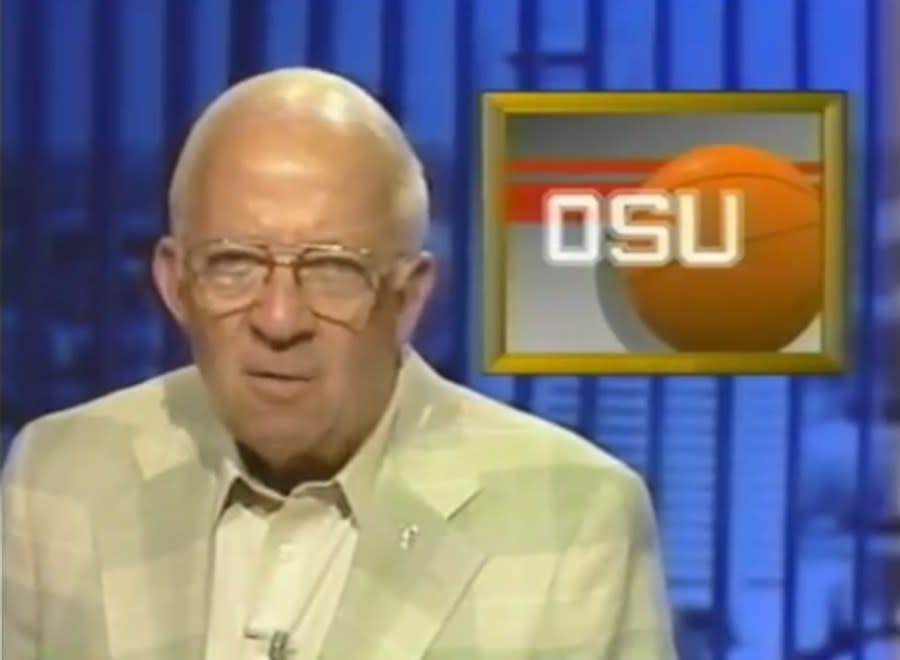
“Let’s All Be There” was an NBC slogan that decade, but it might as well have described Columbus’ devotion to Doug and Mona, and with them, WCMH ascended to the top of the ratings. But nothing lasts forever. Scott left the station in 1990, she and Adair divorced in 1992, and he retired in 1994. The last person to share the anchor desk with Adair was the person who remains there to this day, Colleen Marshall. And change remained in the air over the following years. Outlet Broadcasting, by then Outlet Communications, was on its way out of the business, and another ’80s slogan, “Come Home to NBC,” was about to take on a whole new meaning for WCMH.

1997-2006
NBC paid $396 million for Outlet’s cluster of stations and began putting its imprint upon WCMH. Out was the gold and red 4 logo, and in was a new identity: NBC4. Now it didn’t have sister stations just in places like Providence, Rhode Island, and Raleigh-Durham, North Carolina, but in New York, Los Angeles and Washington.
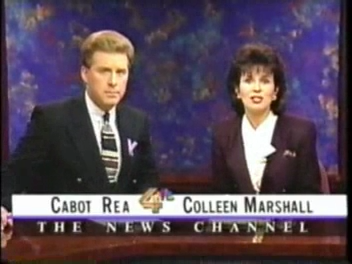
With Adair’s retirement, Marshall settled into the evening anchor desk alongside Cabot Rea, a pairing that lasted 23 years. Also joining the station during this time were Monica Day, now anchor of NBC4 Today on weekday mornings, and Jerod Smalley, now anchor of First at 4 and NBC4 at 5. And the changes continued beyond television and into the internet world with the launch of nbc4columbus.com, the forerunner of NBC4i. But despite the expansive feel that came with being owned and operated by the network, the arrangement lasted only so long. NBC started to look at reducing the number of stations it owned, and not long after its makeover, NBC4 was once again on the move.

2007-today
A Virginia-based company, Media General, paid $600 million for NBC4 and three other stations at a time when change was obvious in the television world. People were ditching their tube televisions for high-definition models, and NBC4 unveiled its HD look in early 2008. In 2016, Nexstar bought Media General for $4.6 billion, and today NBC4 remains a part of what is the country’s largest group of television stations.
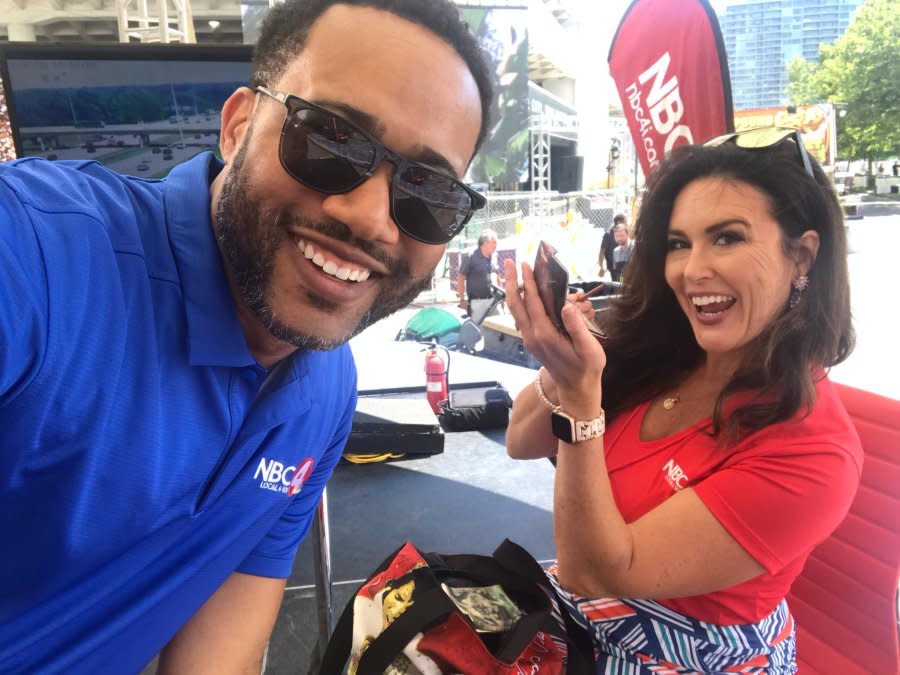
Familiar faces continued to arrive: present NBC4 Today anchor Matt Barnes in 2010, Chief Meteorologist Dave Mazza in 2012, and First at 4 and NBC4 at 5 anchor Jennifer Bullock in 2014. Rea retired in 2015, and Marshall was joined by Mike Jackson on the anchor desk until 2019, when he stepped down for medical reasons. After that came Kerry Charles, continuing NBC4’s trend of relying upon homegrown talent. Charles is from Columbus, as is Barnes. Day is from Whitehall and Bullock from Zanesville. In recent years, NBC4 has made a mission of using people from central Ohio whenever it can to tell the story of central Ohio.
When WLW-C turned 10 years old, Gov. Michael DiSalle congratulated the people of the station “for their many years of service to the community, with the hope that they may continue long in the future to extend the same kind of pleasure and entertainment and community service that they’ve rendered in the past.” And in looking back now at 75 years, Marshall, who’s been at NBC4 for over half of that time, can see how it’s so. “It’s been a privilege to be part of the history of this station,” Marshall said. “We try to serve the community, and the community gives us so much in return. I can’t think of a better city to work, to raise a family, to find friendship and to head toward a meaningful future.”
For the latest news, weather, sports, and streaming video, head to NBC4 WCMH-TV.
